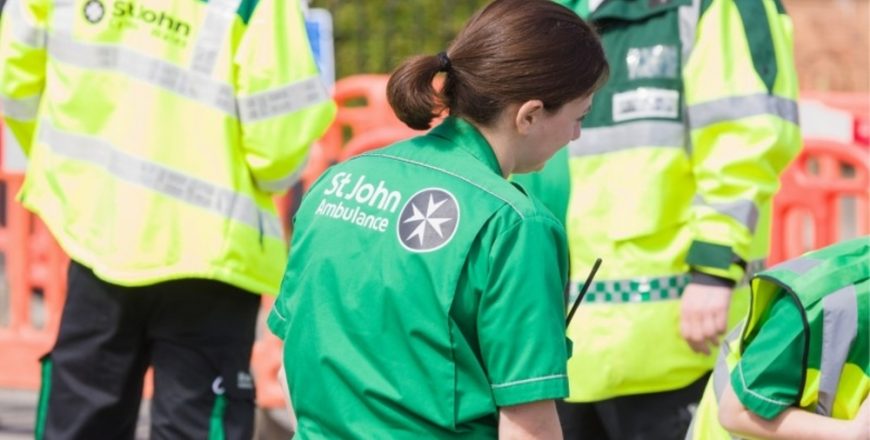
On an ambulance support worker apprenticeship course, you’ll help respond to emergency, urgent and or/unscheduled care calls to provide care and clinical support.
As an ambulance support worker, you’ll drive patients to and from specified treatment centres and other locations, which may be in remote regions, while driving safely and at increasing speeds as required.
You’ll work as part of a double ambulance crew, either with a more senior staff member, such as a paramedic or associate ambulance practitioner or with another non-registered ambulance support worker. For some non-urgent treatments, you may be allowed to work alone.
You will be required to work in various circumstances and environments, including uncontrolled conditions, while assisting individuals on the scene. As a result, your clinical duties will differ.
You’ll often assist and support the senior physician, and when patients’ conditions deteriorate, you’ll provide the most basic level of life-saving therapy.
What you’ll learn
On an ambulance support worker apprenticeship course, you’ll learn to:
- Collaborate with the person, their caregiver, their family, and the larger healthcare team.
- Enhance clinical efficacy, safety, and a positive experience for the person.
- Adhere to the equality, diversity, and inclusion principles.
- Preserve and protect people and children; educate others about the concepts.
- Adhere to the National Prevent Strategy’s principles.
- Exemplify and encourage good communication via a variety of methods.
- Take note of and document verbal and nonverbal communication.
- Participate in debriefing/supervision after possible trauma or a severe event.
- Guarantee that all recorded information is clear, concise, and correct.
- Handle information (record, report, and retain data) in accordance with local and national regulations, keep information private and assist others in doing so; participate in audits.
- Adapt the therapeutic intervention within the scope of your profession to account for the effect of the presenting individual’s mental or physical capability, health condition, learning impairment, or general well-being.
- Maintain one’s own and others’ safety in a variety of settings.
- Move and place people, equipment, and other things safely.
- Use a variety of infection prevention and control methods, such as waste management, spills, hand washing, and the use of Personal Protective Equipment (PPE)
- Work as part of a team, seek assistance and direction when unsure, and escalate issues to the appropriate person as soon as possible. As needed, provide assistance or supervision to colleagues, and assign well-defined responsibilities.
- Operate a variety of various communication devices.
- Prepare a variety of vehicles before usage to verify that all safety requirements are fulfilled.
- At all times, operate and drive the ambulance vehicles safely, according to the Highway Code, applicable laws, and rules.
- Monitoring and maintaining the environment, equipment, and resources, as well as conducting first-line calibration on clinical equipment.
Entry requirements
You’ll usually need:
- A full driving licence for the class of vehicles being driven. Undertake a fitness test and organisational interview. Meet the 15 standards set out in the Care Certificate.
- Apprentices without level 2 English and maths will need to achieve this before taking the end-point assessment.
Assessment methods
The End Point Assessment comprises two distinct assessment methods:
- A Simulated observation
- A Professional discussion
Restrictions and requirements
You’ll need to:
- pass enhanced background checks
- pass a medical check
- have a full driving licence
Duration, level, subjects and potential salary upon completion
- Duration: 13 months
-
Level: 3 – Advanced Apprenticeship
- Relevant school subjects: Science
- Potential salary upon completion: £22,000 per annum
Apprenticeship standard
More information about the Level 3 Ambulance Support Worker Apprenticeship standard can be found here.
Apprenticeship end point assessment
For more information about the End Point Assessment Process, please read the Institute of Apprenticeships’ information page.
